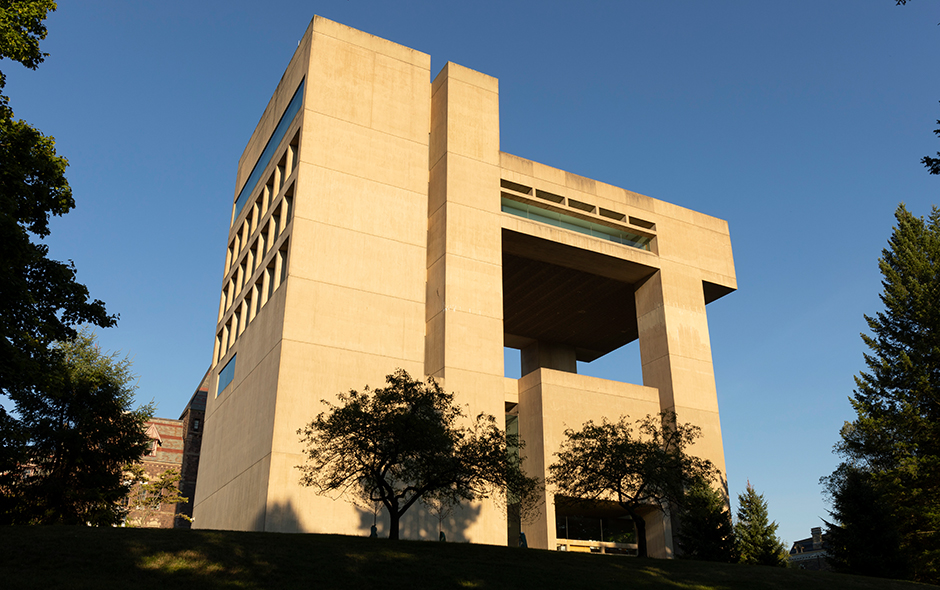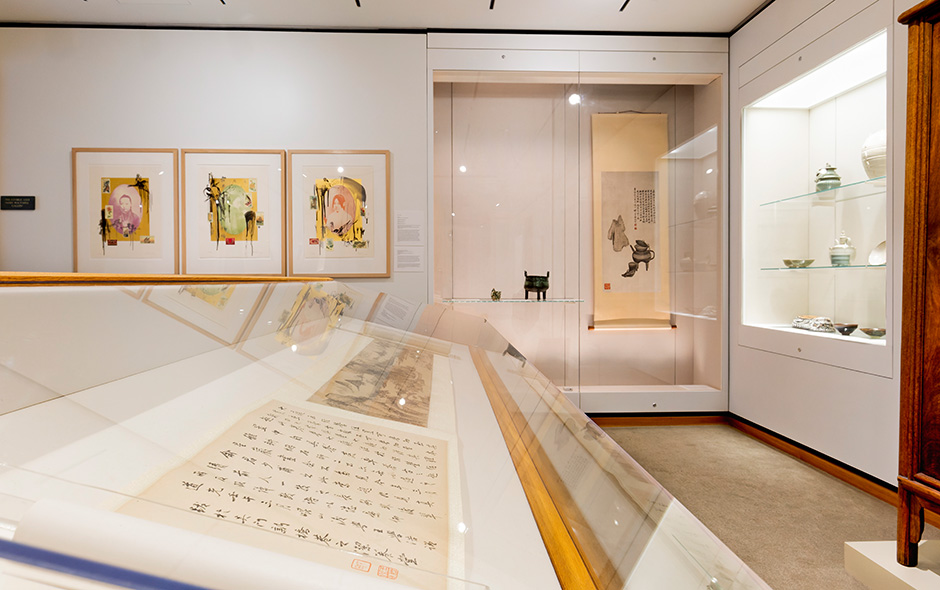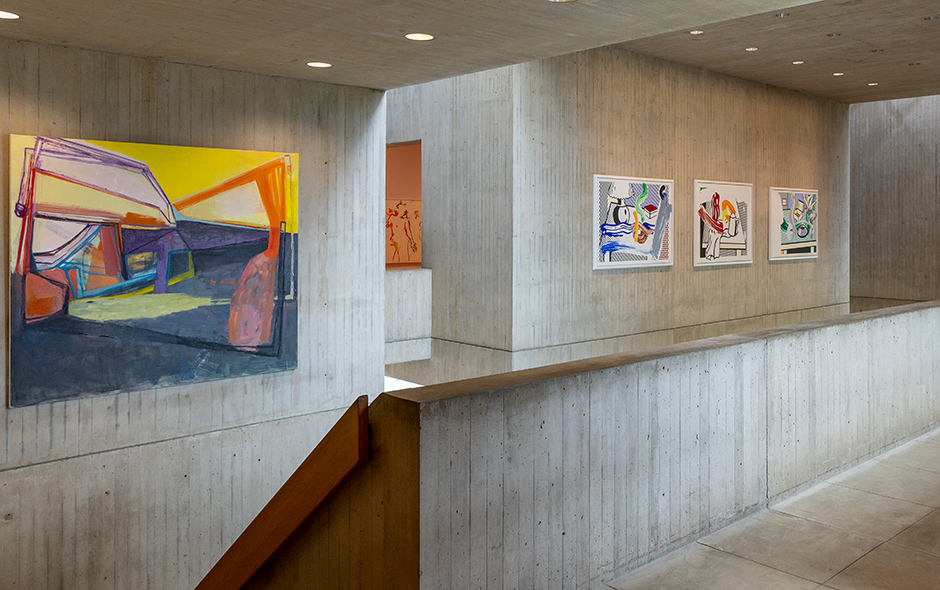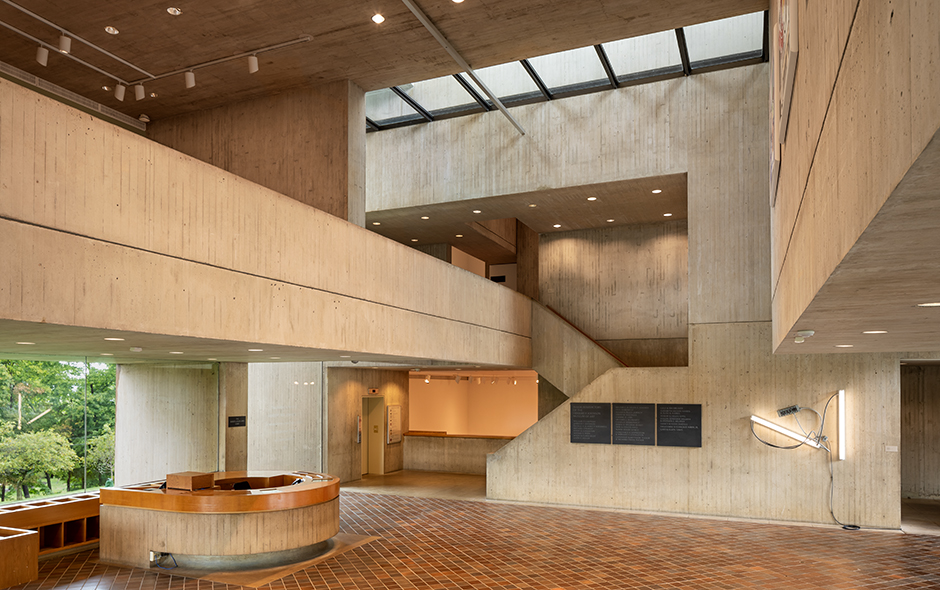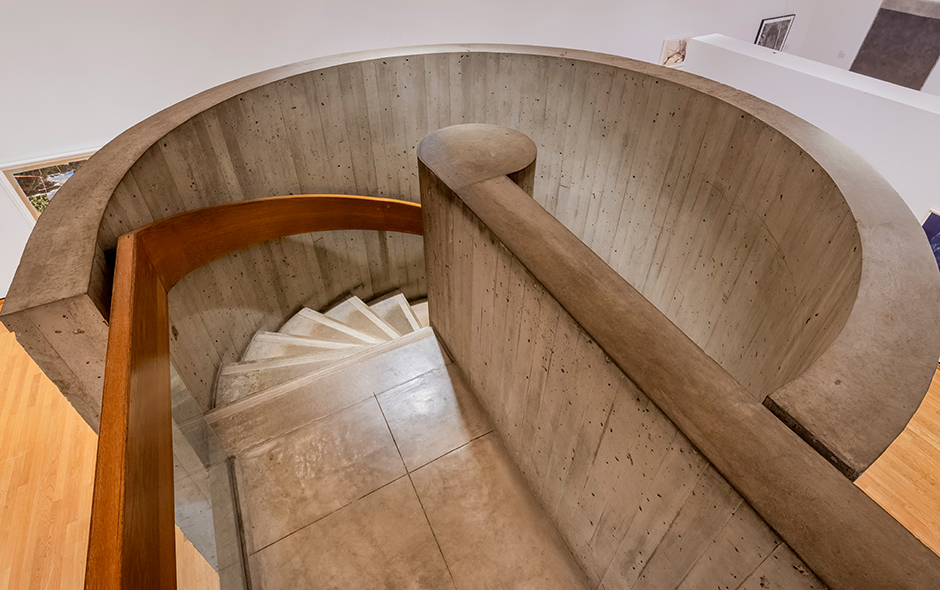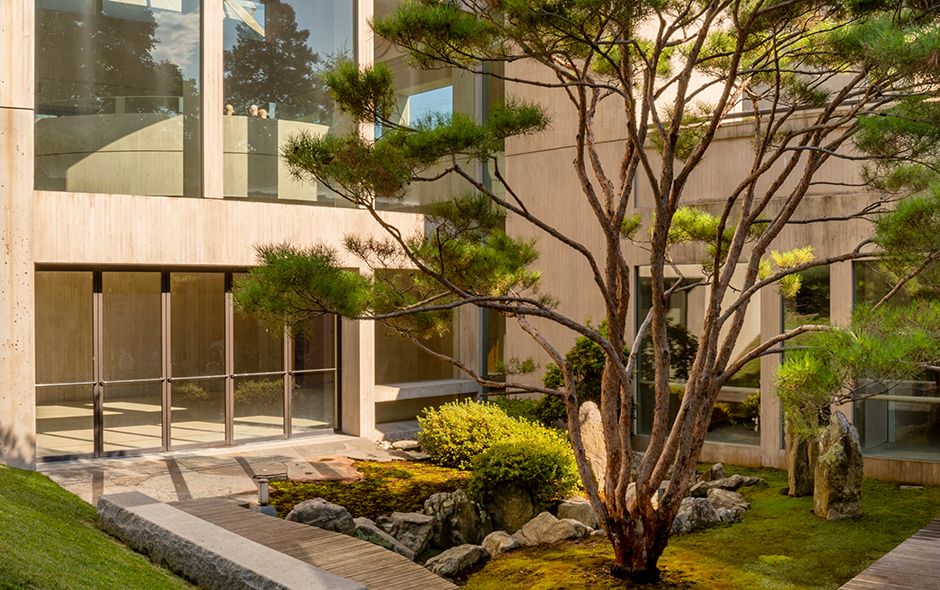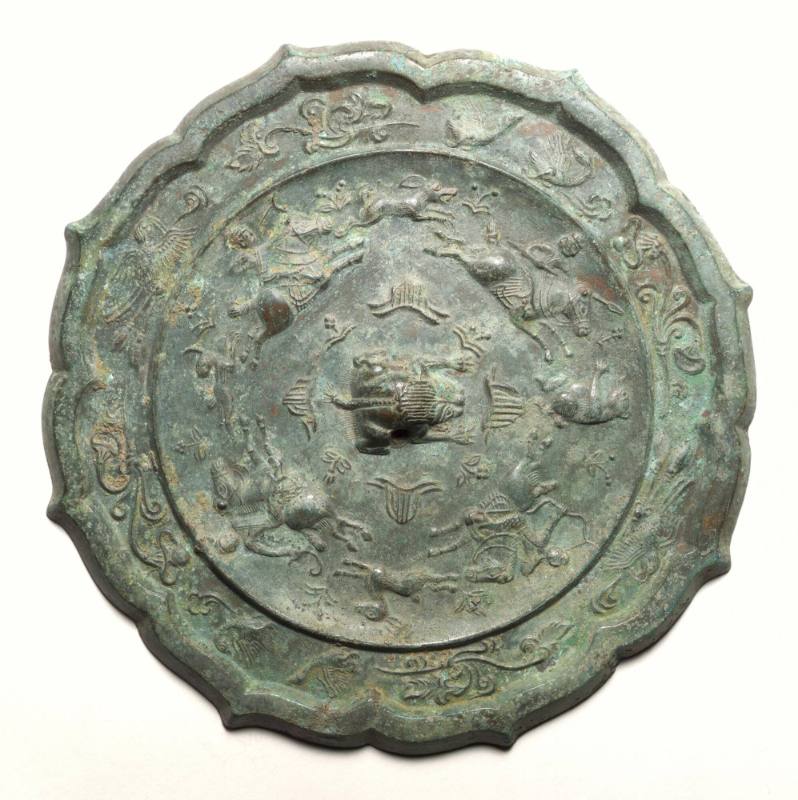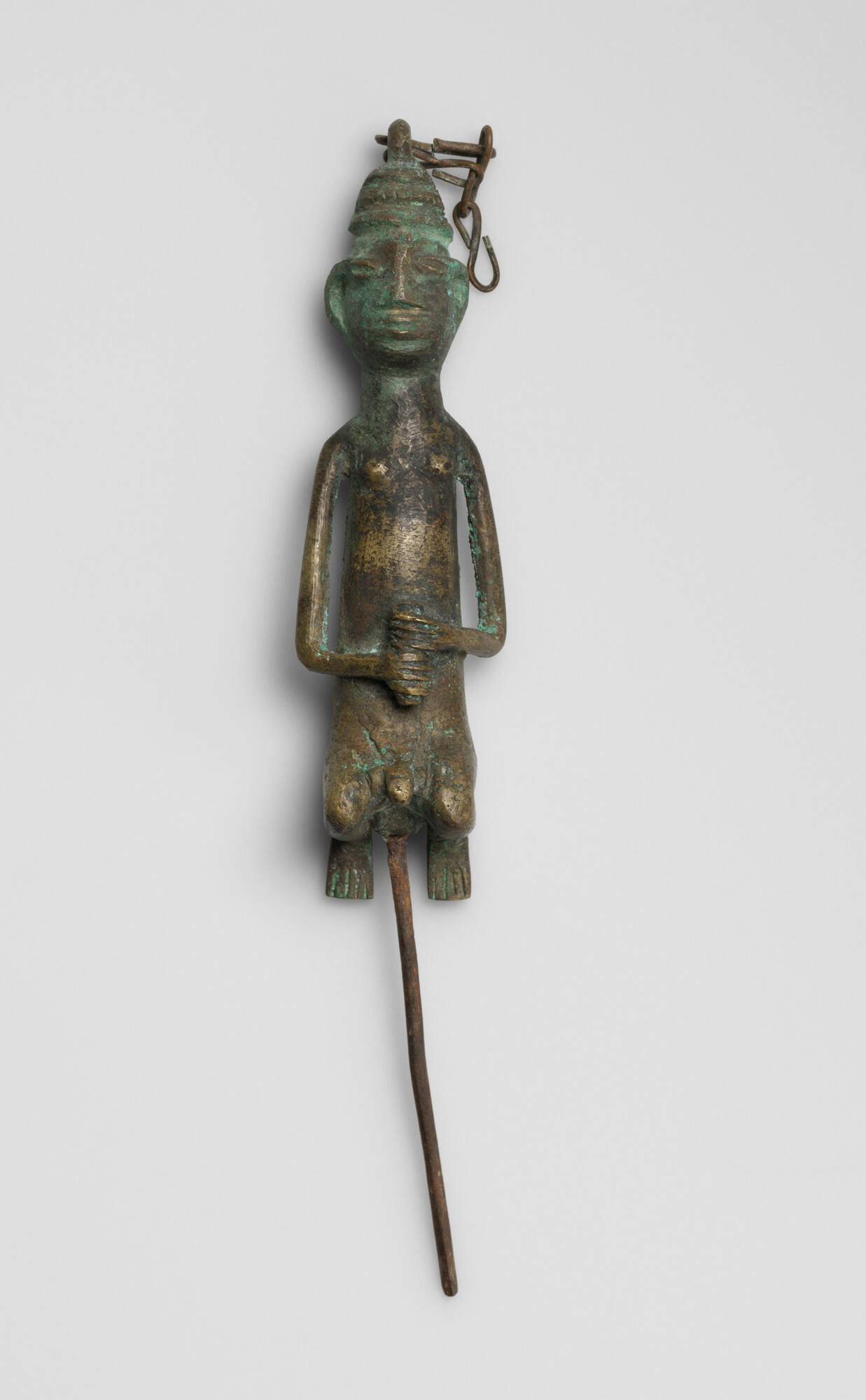
Object Details
Culture
Nigeria, Yoruba people
Medium
Iron and bronze
Dimensions
Overall: 10 × 2 × 1 1/2 inches (25.4 × 5.1 × 3.8 cm)
Credit Line
Gift of William W. Brill
Object
Number
91.001.052
BRIEF DESCRIPTIONThis figure is the male portion of a two-figure object, the edan, which embodies th(…)
BRIEF DESCRIPTIONThis figure is the male portion of a two-figure object, the edan, which embodies the Earth spirit.WHERE WAS IT MADE?This was made in Nigeria, where the Yoruba people live (indicated by the red circle on the map attached to this record.)HOW WAS IT MADE?This staff was made from brass by a Yoruba blacksmith. First a clay core was made, then wax was wrapped around the core and details were modeled out of additional wax. Then the entire surface was covered with clay, except for one hole. The whole ensemble was heated to melt the wax. Once the melted wax was poured out through the hole, molten brass was poured into the remaining space. When the brass cooled, the outer layer of clay was broken and removed to reveal the figure.HOW WAS IT USED?The prestigious Ogboni society includes both male and female elders. Ogboni elders would wear edan Ogboni draped over their necks. Although the functions of the Ogboni society have narrowed considerably in recent decades, members traditionally select, install and bury kings, judge criminal cases, and issue punishments, including the removal of delinquent kings. Edan Ogboni function as public signs of the society’s power. For example, a messenger of the Ogboni greets the recipient of the communication by tapping the edan on his forehead then chest. The recipient acknowledges the authority and message of the Ogboni by doing the same. Other functions of the edan object include its protective use: the edan may not be crossed if it is placed at a building threshold. Conversely, because Ogboni members had the power to punish, the edan thrust into the ground signified a death sentence.WHY DOES IT LOOK LIKE THIS?Although this edan is missing its female counterpart, a complete edan would include a male and female figure, representing the necessary connection between the sexes. Even the materials used to make an edan symbolize the importance of both sexes; the edan are made from cast bronze (a material associated with women and female deities), but each figure has a clay and iron core (the latter material associated with men and male deities).Much of Yoruba figurative art depicts faces with prominent, elliptical eyes. Notice that the eyes of the edan figure do not feature the pupil or iris. Rather, the eyes appear intense, yet serene. Notice that the figure is in a kneeling position; this conveys respect and deference, in part because the individual is brought closer to the earth. Look at the lines of scarification running alongside the figure’s abdomen and up the back to the shoulders. This “ladder-pattern” is conventional and typical of edan made in the lower Niger area. The hand gesture in which a clenched left hand is placed over the right is an Ogboni sacred sign.To see other edan in the Johnson Museum’s collection, search for object numbers 92.005.035 and 2002.027.004 in the keyword search box.



